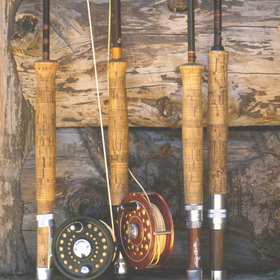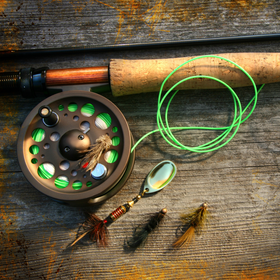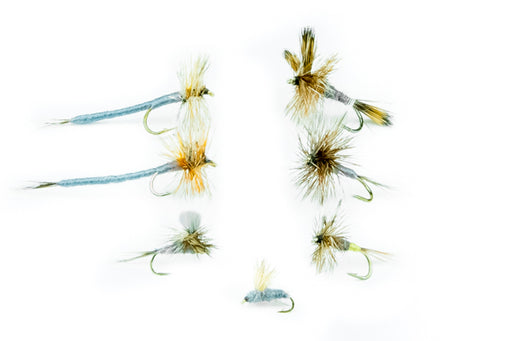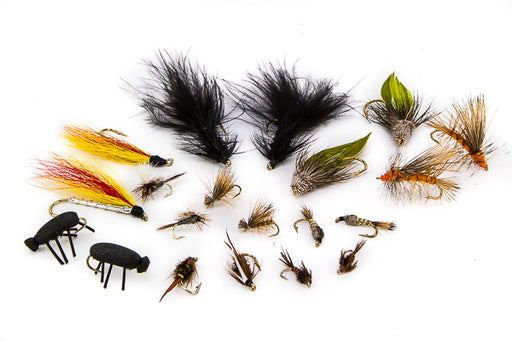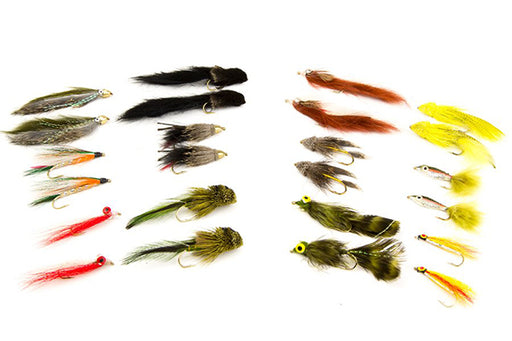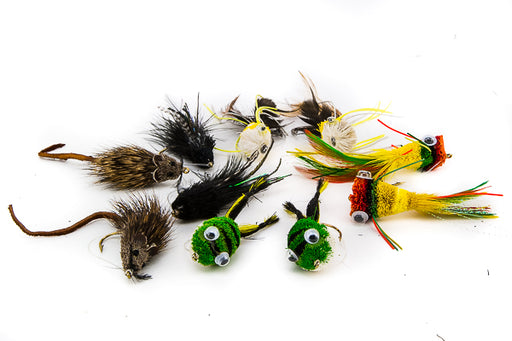
Steelhead Overview
Steelhead Overview
Steelhead are a fascinating and complex species, and entire volumes have been written about them. This article aims to provide a concise overview, but for those seeking more detailed information, we recommend reading one of the many excellent books on the subject or fishing with an experienced steelhead angler. If you’re feeling adventurous, going out alone can also be a great way to learn, but gleaning information and techniques from experienced anglers or guides will cut down your learning curve significantly.
What Are Steelhead?
Steelhead are a remarkable evolution of the Rainbow Trout. Born in freshwater streams, wild steelhead imprint on their environment, learning everything from water chemistry to natural food sources. Their life cycle is incredibly varied and complex, with steelhead spending anywhere from 1 to 4 years in freshwater before migrating to the sea, where they can spend another 1 to 4 years. Native to the Pacific, steelhead once ranged from the Asiatic coast to Southern Alaska and down to the Tijuana River. Although rare, they can still be found in Southern California, and are still fairly abundant from Northern California into Southeast Alaska.
Great Lakes Steelhead
Saying that steelhead have been successfully introduced to the Great Lakes is an understatement. Their abundance is a remarkable story of adaption. Great Lakes steelhead fly fishing can be phenomenal, and the passion of the anglers there is unmatched. Unlike their Pacific counterparts, Great Lakes steelhead live entirely in freshwater, migrating up tributaries to spawn in a manner similar to Pacific steelhead.
Seasonal Runs
Steelhead are known for their seasonal runs, which can be categorized into summer and winter runs. Summer runs see steelhead entering rivers in the summer and continuing through the fall, usually spawning in early to mid-winter. These fish prefer to enter rivers when the water is clean and cold, sometimes waiting for weeks at river mouths for a summer rain.
Winter runs, on the other hand, involve steelhead entering rivers from early winter to early spring, with spawning occurring during this period. Many rivers, especially those close to the ocean, have both summer and winter runs. Generally, Pacific winter steelhead do not travel as far inland as summer runs.
Great Lakes steelhead are descendants of Columbia River summer steelhead, and typically enter rivers in early fall, especially in Pennsylvania, and can be fished for in the fall, winter, and spring.
The Thrill of Steelhead Fly Fishing
Steelhead fly fishing is extremely popular, and for good reason. When conditions are ideal, a ‘chromer’ will aggressively strike a fly, providing an exhilarating experience for the angler. They are immensely strong, fast and incredibly determined to stay out of a net. Steelhead entering rivers are at their biological prime, exhibiting strong survival instincts and territorial aggression. They can take your fly and go on a powerful run, often leaving the uninitiated angler in awe. If you live in an area with steelhead, do yourself a favor and give this incredible fish a try.
Call to Action: If you’re passionate about fishing and eager to experience the thrill of steelhead fly fishing, don’t wait! Grab your gear, head to your nearest river, and immerse yourself in the adventure. Whether you’re a novice or a seasoned angler, the pursuit of steelhead promises excitement and unforgettable memories. Happy fishing! 🎣



